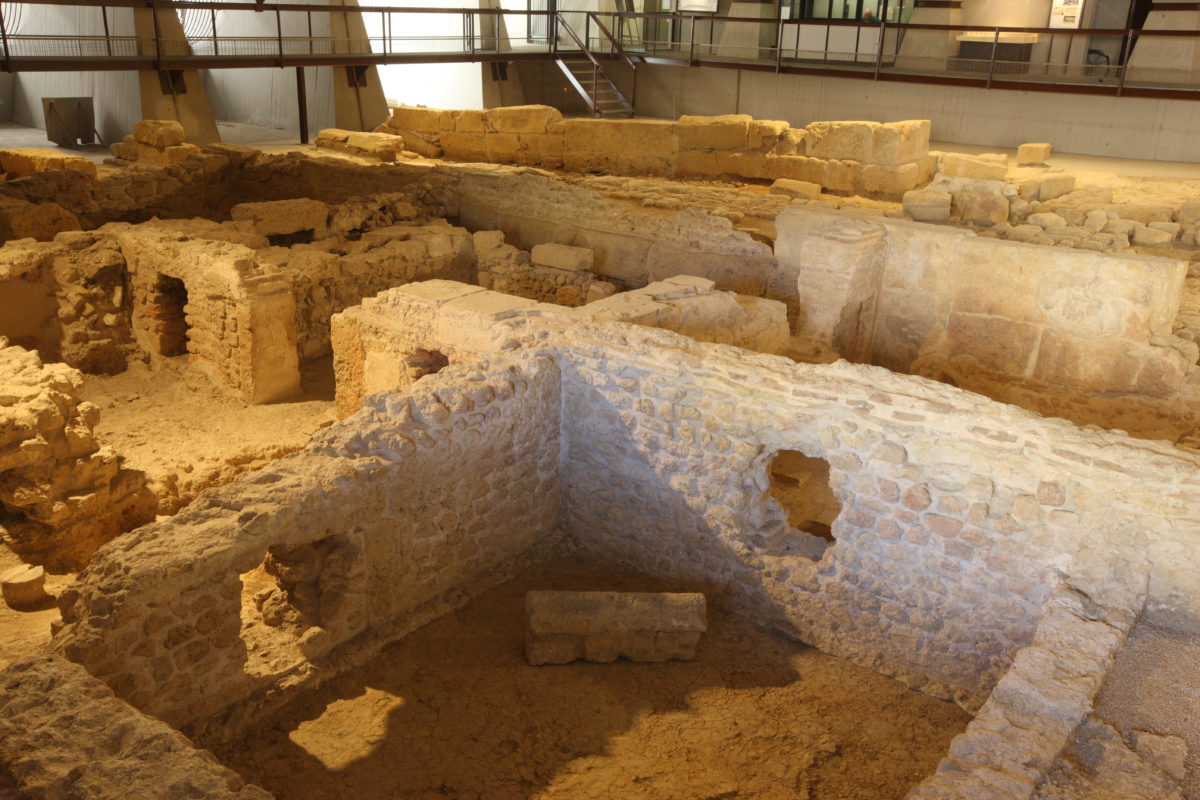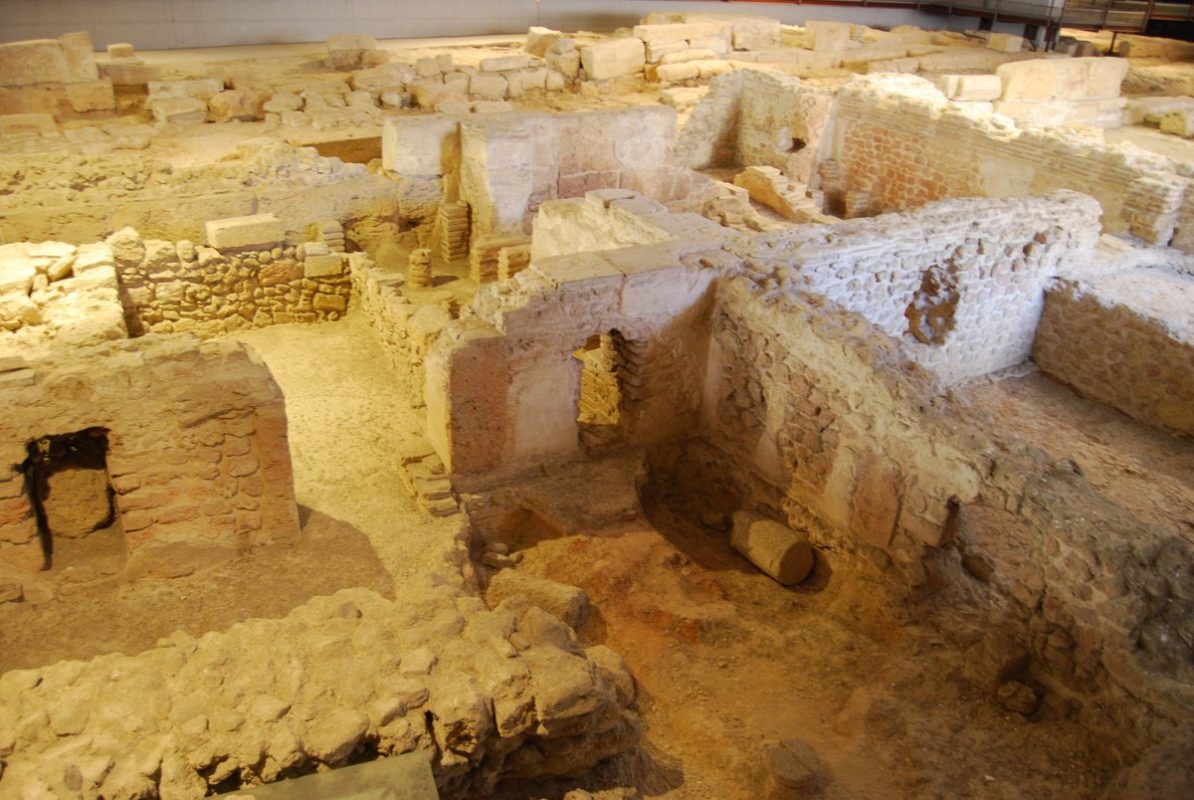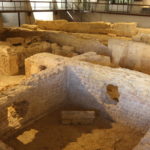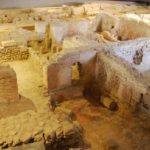San Pietro degli Schiavoni, the Theatre and the Archaeological Area
The population of the “Schiavoni”, that is the Slavs of the Adriatic, had a settlement in Brindisi with the church of Saint Peter in the centre.The population of the “Schiavoni”, that is the Slavs of the Adriatic, had a settlement in Brindisi with the church of Saint Peter in the centre. Presumably the ruins of the arch, still visible in the square nearby the Theatre, belong to this church. Of great interest is the archaeological area discovered during the renovation works started in the first 60s, comprising an area of the Roman town. Besides a “cardo”, that is one of the north-south road axes typical of the urban Roman plans, the ruins of a domus with mosaic floors, those of a Roman Bath and living quarters can be clearly identifiable. On these ruins is suspended the city Theatre “Giuseppe Verdi”, designed by the architect Enrico Nespega, embellished, in a corner of the facade, by a bronze bas-relief made by the Hungarian artist Amerigo Tot.
The population of the “Schiavoni”, that is the Slavs of the Adriatic, had a settlement in Brindisi with the church of Saint Peter in the centre. Presumably the ruins of the arch, still visible in the square nearby the Theatre, belong to this church. Of great interest is the archaeological area discovered during the renovation works started in the first 60s, comprising an area of the Roman town. Besides a “cardo”, that is one of the north-south road axes typical of the urban Roman plans, the ruins of a domus with mosaic floors, those of a Roman Bath and living quarters can be clearly identifiable. On these ruins is suspended the city Theatre “Giuseppe Verdi”, designed by the architect Enrico Nespega, embellished, in a corner of the facade, by a bronze bas-relief made by the Hungarian artist Amerigo Tot.





